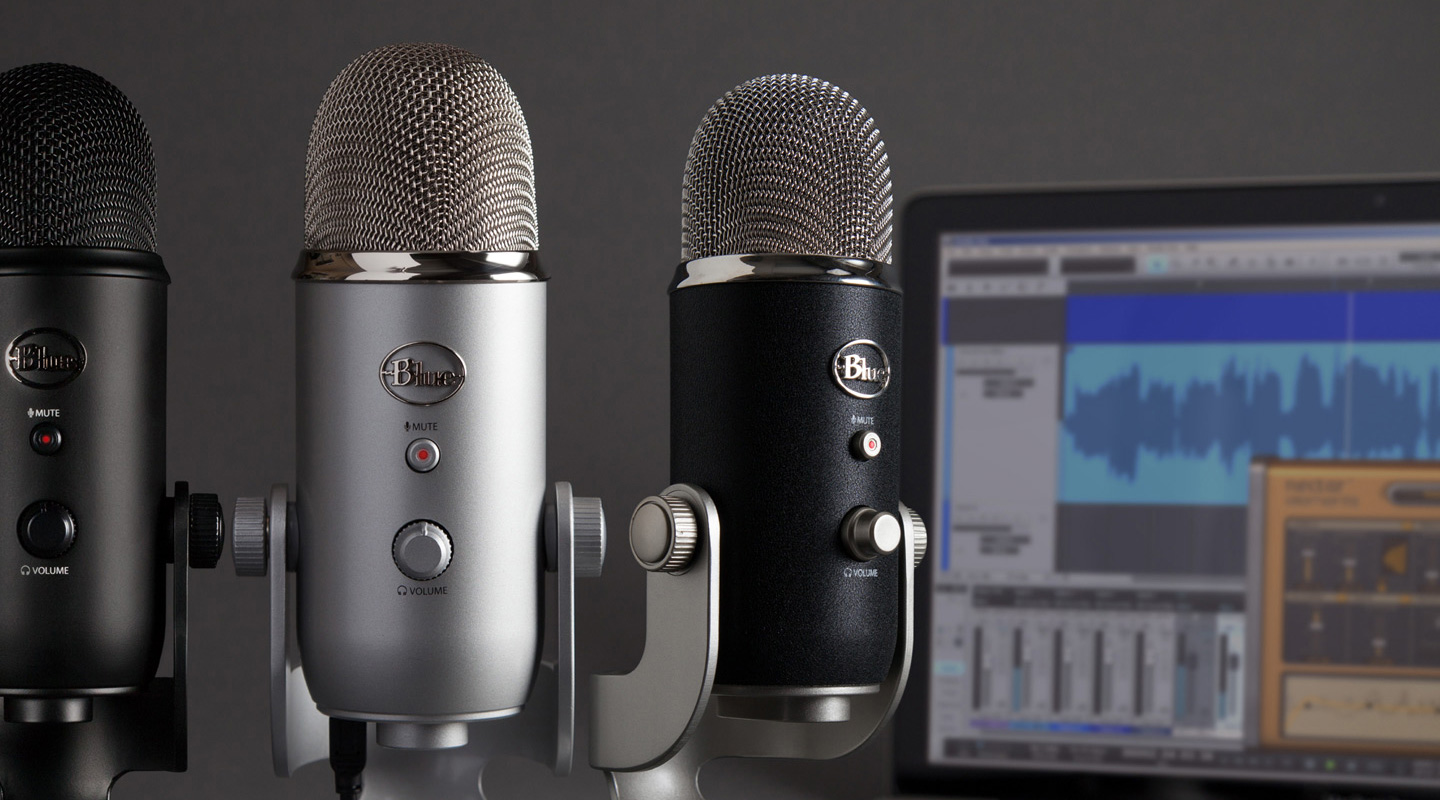The Five Best USB Microphones
 Post thumbnail
Post thumbnail With every passing year, it gets easier to record professional-quality audio at home. This is partially due to software improvements and partially due to the advancements in recording hardware. One such development is the introduction of USB microphones.
You don’t need an audio interface to start recording anymore. A USB mic is essentially a digital microphone with a tiny one-channel audio interface built-in.
Why Go with a USB Mic?
While it isn’t very useful to recording engineers seeking to record multiple sound sources, a USB mic is indispensable for simple applications. It’s best when used to record artists doing vocals, overdubs, or online broadcasters creating podcasts or audio for their YouTube videos.
Another benefit of USB mics is the fact you can get a quality device for under $150. If you go the traditional route by purchasing an audio interface plus XLR microphone, you’ll need to spend at least $500 for a decent setup.
Granted the best USB microphones can’t match up to high-end offerings in the XLR category. However, if you’re looking for a budget microphone, USB options are well worth considering.
It’s a particularly good fit if you prefer the portability of using a laptop. With a USB mic, you don’t need to mess around with all that extra gear.
